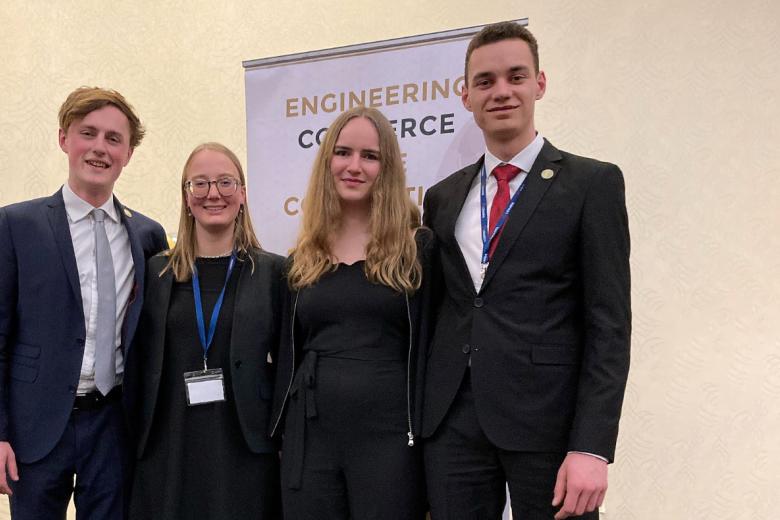Hoe schrijf je een toneelstuk? UM-studenten ontdekten het
Eind april bood de bekende Toneelgroep Maastricht UM-studenten de gelegenheid deel te nemen aan een workshop toneelschrijven, een Meet & Greet met acteurs en een bezoek aan het stuk Een meeuw, een bewerking van het beroemde stuk van Anton Tsjechov door Ilja Leonard Pfeijffer. Het theaterstuk werd gespeeld in het Nederlands, maar was Engels boventiteld. Dit betekent dat je dat de bezoekers de Engelse vertaling konden lezen op schermen boven het toneel.
De studenten die aan de workshop deelnamen ontvingen de Engelse vertaling van het script en een Engels ondertitelde video-introductie waarin de regisseur, scenograaf en acteurs spraken over de productie. Daarna volgde de workshop door Timen Jan Veenstra, een van de toneelschrijvers van Toneelgroep Maastricht. Daar leerden ze de basisprincipes van het schrijven van toneelstukken en werden ze uitgenodigd zelf korte scènes te schrijven. Ter afsluiting keken ze naar het toneelstuk in Theater aan het Vrijthof.
Twee van de UM-deelnemers aan de workshop over Een meeuw, Alma en Giulia, beschreven hun ervaring met de workshop en het toneelstuk.
- De volgende tekst is alleen in het Engels beschikbaar. -
Alma Martínez Barroso
First-year student at University College Maastricht (UCM)
“When I was browsing through the university newsletter and I read there was going to be a workshop about writing plays for theatre, I immediately knew I wanted to take part in it. Being used to writing poetry and prose and wanting to be a writer, I was hoping that the workshop offered us the guidelines for writing plays. What the workshop did was to show us how to think about theatre. What do we expect when we go to the theatre? What are the main elements of famous plays? How are they written? These questions made me broaden my perspective, for instance, by having to think about the reaction of the public, something that in poetry or narrative does not exist. Moreover, we learned about subtext, something very interesting to experiment with. Subtext is the things a character implies without saying them. It was especially interesting to comment on this with the actors who joined us in the workshop, for they are the ones who have to convey all the convenient emotions to make the spectators understand what they are implying.
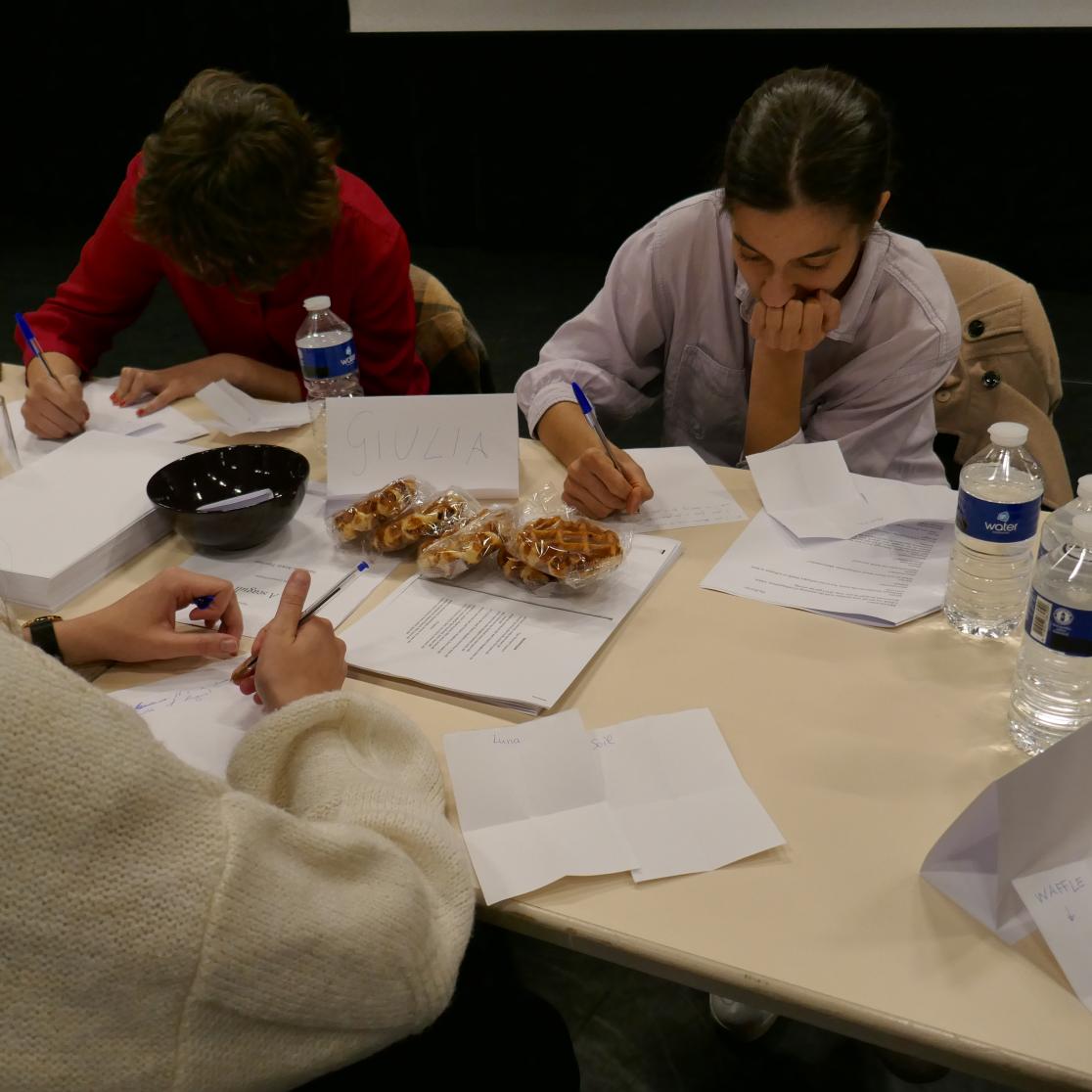
After the workshop, we attended a presentation about the play A Seagull, where the play was analysed. For me, the most interesting part was what the speaker said about his personal experience with translating plays. Being able to talk with actors, a playwright, and a translator and seeing the theatre from the inside provided a very insightful look into what working for theatre means overall.
And then we watched the play A Seagull in the Theater aan het Vrijthof. Although I had my doubts about watching a play in Dutch, even with surtitles, I could follow it quite well. I was afraid that I would either not understand it or spend the whole play reading the surtitles without paying attention to the scene, but that did not happen. The expressive acting of the actors drew me into the play itself, because the emotions they connoted made the surtitles easy to follow. The scenery, empty except for the necessary things, also helped me focus on the actors.
I would definitely recommend this experience to people interested in theatre and art. And if there are more plays in English or with surtitles, I will undoubtedly attend.”
The expressive acting of the actors drew me into the play itself, because the emotions they connoted made the surtitles easy to follow. The scenery, empty except for the necessary things, also helped me focus on the actors.
Giulia Troiano
Third-year bachelor student Arts and Culture (FASoS)
“The opportunity to be part of the workshop came up very unexpectedly when I opened the UM Newsletter about the various activities happening at our university. Because of my interest in theatre plays and writing, I decided to join the workshop by Timen Jan Veenstra. He introduced us to the basics of playwriting and opened a window in a world that I never had the chance to navigate from the playwright’s angle. Our small group was introduced to the concepts of ‘conflict’ and ‘subtext’, which I understood as the glue that binds the characters in a story, narratively speaking. To put these concepts into practice, we were asked to write two short stories. The conversation between the two had to contain the element of conflict, or point of tension, and subtext, an implicit meaning behind the text.
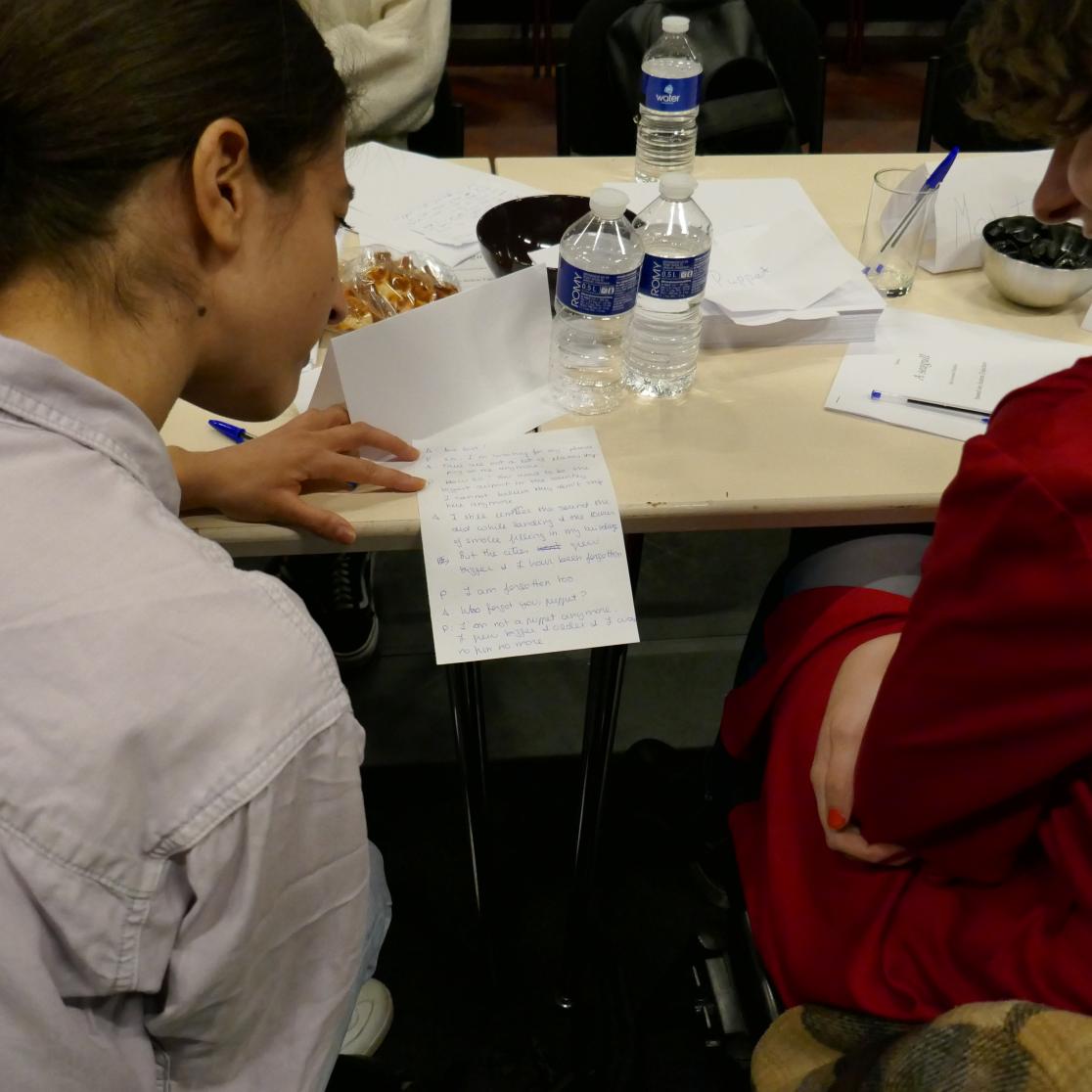
The task was challenging mainly on one level. I am an amateur writer; I spend some time every week jotting down thoughts through different forms of writing, but they always reflect only one perspective of the world, mine. The exercise challenged exactly this point, as it required us to think bilaterally in an attempt to create a conversation that responds to the intentions of two different characters. It made me reflect on the complex process of writing when the story involves many characters, involving many different intentions and rationales.
Getting insights from Veenstra helped me understand the play that we watched later in the evening, A Seagull. As I followed the scenes, I couldn’t help it but reconnect what I learned in the workshop to the play and admire the complexity of the work that Chekhov had given life to. This experience certainly spurred my interest in the world of playwriting.
I encourage anyone who is fascinated by this form of art, to reach out to Toneelgroep Maastricht and join the next workshop (hopefully there will be one soon!).”
En er is meer...
Toneelgroep Maastricht is van plan Engelse boventitels toe te voegen aan het stuk Schuld (dat in oktober 2022 van start gaat) en rond dit toneelstuk ook workshops aan te bieden. In maart 2023 heeft het stuk De Kersentuin definitief Engelse boventitels en een begeleidend programma.
Meer weten over activiteiten en toneelstukken van Toneelgroep Maastricht? Stuur dan een e-mail naar: dionne@toneelgroepmaastricht.nl.
Lees ook
-
Studenten Universiteit Maastricht winnen goud op de internationale iGEM-competitie
Hoe repareer je een scheur in kalksteen, zoals mergel? Nou, vraag gewoon een paar bacteriën om het voor je te doen. Dit is in het kort het doel dat 11 studenten van de Universiteit Maastricht zichzelf stelden. Het lukte, ze eindigden in de top 10 van de beste undergraduate-projecten van de iGEM...
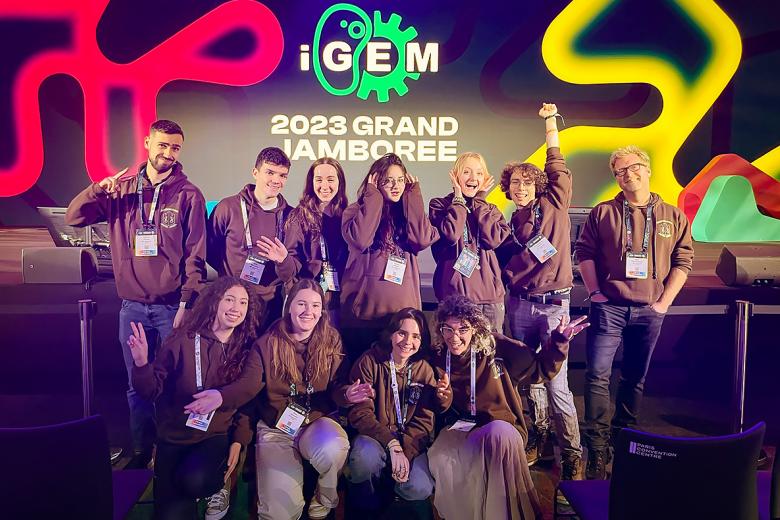
-
Foundation Programme legt fundament voor internationaal talent
Nikola Prianikov kwam uit Kiev naar Maastricht om Data Science en Artificial Intelligence te studeren. Hij vertelt hoe het Foundation Programme van de UM deuren opent voor internationaal talent, hoe hij genoot van zijn studietijd ondanks oorlog en rampspoed, en hoe een carrière in Nederland tot de...
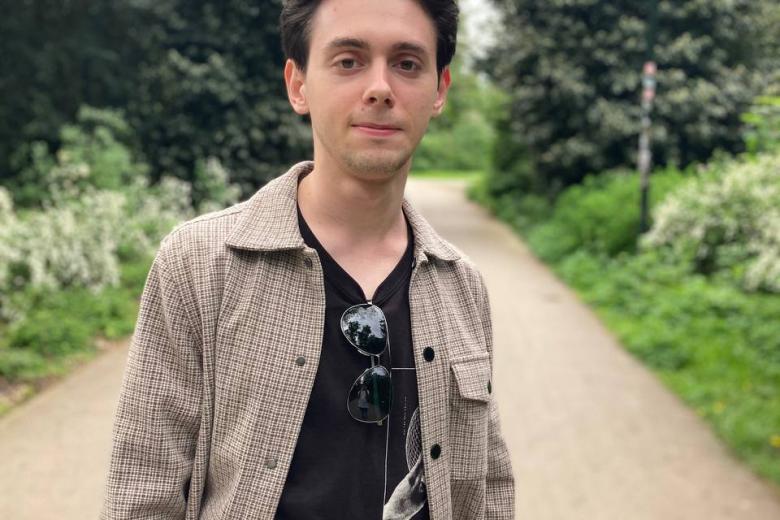
-
Business Engineering studenten winnen internationale prijzen
Een team Business Engineering-studenten van de UM heeft recent drie prijzen gewonnen bij de gerenommeerde ENGCOMM, de Engineering and Commerce Case Competition, die werd gehouden door de University of Concordia in Montreal (Canada).
